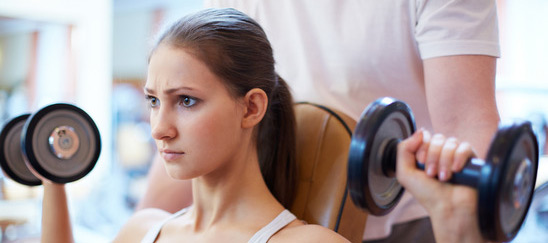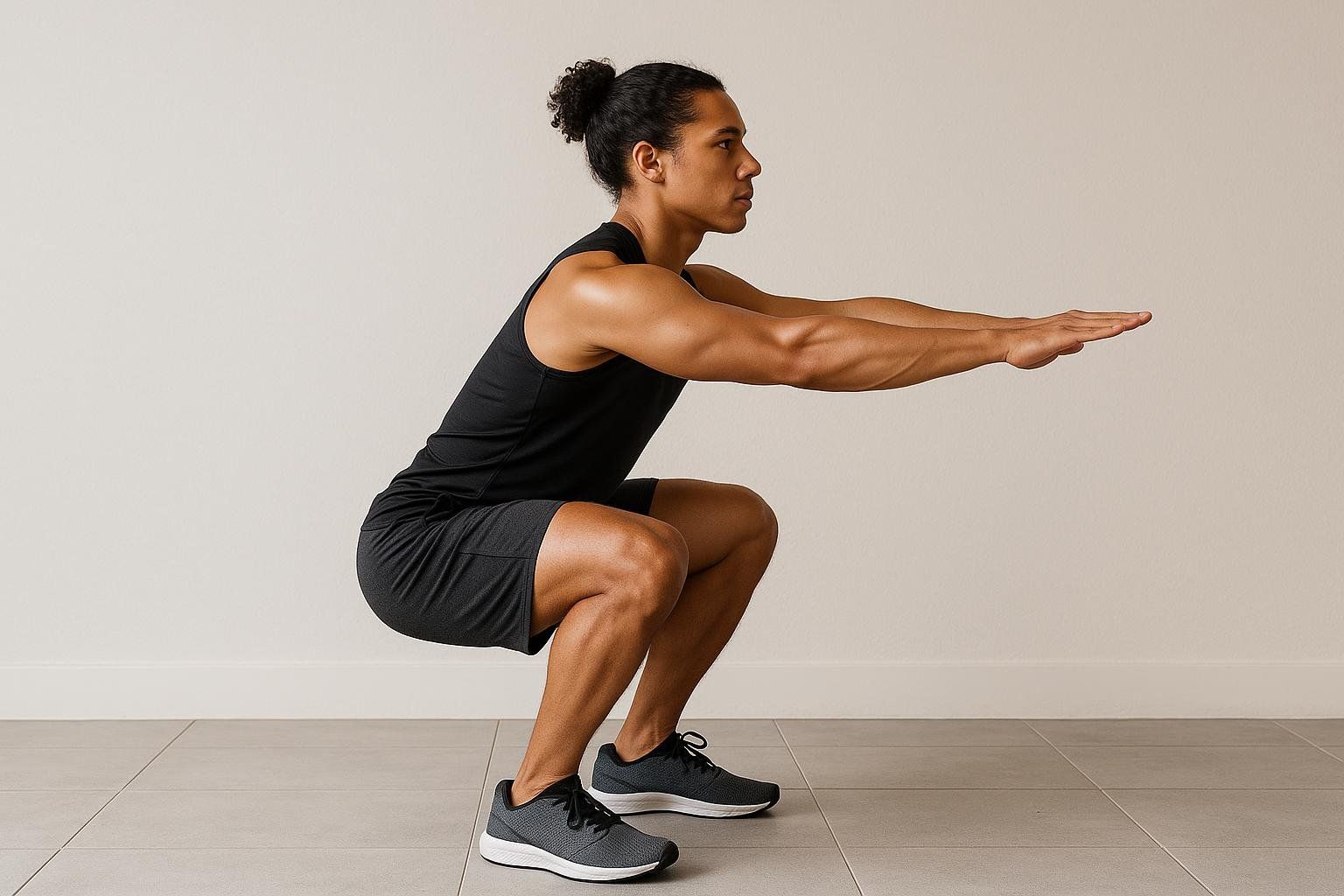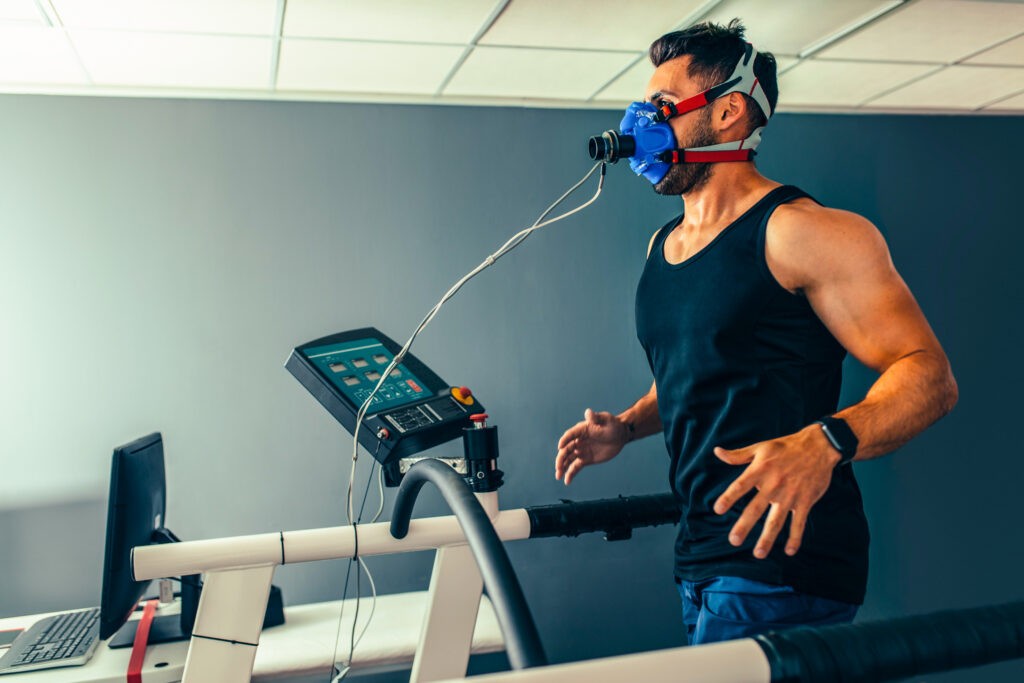Hey there, if you’ve ever stepped on the scale after a week of hitting the gym and eating what you thought was “clean” only to see the number barely budge, you’re not alone. I remember that frustration all too well. A few years back, I was in my mid-30s, juggling a desk job and weekend hikes, but my reflection in the mirror told a different story—soft around the edges despite the effort. Turns out, it wasn’t about the scale; it was about swapping fat for muscle, what the pros call body recomposition. Science backs this up: studies show you can lose fat and build lean mass simultaneously with the right tweaks to diet, exercise, and habits. Let’s dive into how to make it happen, drawing from real research and a bit of my own trial-and-error. Stick with me—this isn’t fluff; it’s a roadmap to feeling stronger, more energized, and yeah, looking damn good in the process.
What Is Body Composition, Anyway?
Picture your body not as a single number on a scale, but as a mix of ingredients: fat, muscle, bones, water, and more. Body composition breaks it down, focusing on the ratio of fat mass to fat-free mass (like muscle and bone). Why care? Because two people can weigh the same but have wildly different health vibes—one might be lean and strong, the other carrying hidden risks like heart disease from excess visceral fat. I learned this the hard way when my doctor pointed out my “healthy” weight hid higher body fat. Science says optimal levels—around 10-20% for men and 18-28% for women—link to better metabolism and lower disease risk. It’s not vanity; it’s vitality.
Why Focus on Improving It?
Improving body composition isn’t just for beach season—it’s a game-changer for long-term health. Research ties better ratios to slashing risks of diabetes, boosting energy, and even sharpening your mind as you age. Think about it: more muscle means a revved-up metabolism that burns calories even on lazy Sundays. In my case, shifting focus from pounds to composition helped me hike longer without huffing. Studies confirm: folks who prioritize this see real wins in strength and mood. Plus, it’s empowering—no crash diets, just sustainable shifts.
How to Measure Your Starting Point
Tracking progress starts with knowing where you stand, but ditching the scale for smarter tools. Simple tape measures around your waist or arms give a quick snapshot, while fancy DEXA scans offer gold-standard accuracy on fat vs. muscle. I grabbed a cheap bioimpedance scale early on—it’s like a daily reality check without the gym hassle. Aim for consistency: measure weekly under the same conditions.
At-Home Options for Beginners
Home gadgets like smart scales use electrical currents to estimate fat percentage—affordable and easy, though not lab-perfect. Calipers pinch skinfolds for a DIY vibe, but practice makes precise. They’re great for spotting trends over months.
Pro-Level Tools Worth the Splurge
For precision, DEXA or hydrostatic weighing dive deep into bone density and visceral fat—ideal if you’re serious or have health concerns. InBody scanners, popular in gyms, segment your body for tailored insights. I tried one post-transformation; seeing my muscle gains lit a fire.
Nutrition Strategies That Actually Work
Food is fuel, not the enemy, and science screams for balance over extremes. A slight calorie deficit—say, 300-500 below maintenance—paired with protein power moves fat loss while sparing muscle. My breakthrough? Swapping late-night chips for Greek yogurt. Studies show high-protein diets (1.6-2.2g per kg body weight) amp up satiety and lean gains. Fiber from veggies keeps things steady—aim for 25-38g daily.
High-Protein Diets: The Muscle Protector
Protein isn’t just for bodybuilders; it rebuilds after workouts. Research on women over 50 found energy restriction plus 1.1-1.7g/kg protein preserved muscle during loss. Lean sources like chicken, eggs, or lentils shine. I hit 100g daily and watched my arms tone up—subtle, but science-backed magic.
Fiber and Whole Foods for Fat Burn
Whole grains, beans, and greens aren’t boring; they’re fat-fighting heroes. A low-glycemic load diet cut visceral fat in one study, thanks to steady blood sugar. Less than 5% of us get enough fiber, so load up—it’s like giving your gut a high-five for better composition.
| Nutrient | Daily Goal | Science Perk | Example Foods |
|---|---|---|---|
| Protein | 1.6-2.2g/kg body weight | Preserves muscle, boosts metabolism | Eggs, tofu, salmon |
| Fiber | 25g women, 38g men | Reduces fat storage, aids digestion | Oats, broccoli, apples |
| Healthy Fats | 20-35% calories | Supports hormones, satiety | Avocados, nuts, olive oil |
Exercise Routines Backed by Research
Move it or lose it—exercise flips the script on composition. Resistance training builds muscle, while cardio torches fat; combine for recomposition gold. I started with three sessions a week, feeling like a newbie again, but studies show even beginners gain 1-2kg lean mass in months. Progressive overload—gradually upping weights—is key; it’s how pros stay shredded.
Resistance Training Essentials
Lift heavy, not forever—three sets of 8-12 reps per exercise hits hypertrophy sweet spot. Squats, deadlifts, presses: compound moves recruit max muscle. A meta-analysis found mixed training (weights + cardio) slims waistlines best in over-50s. My quads thanked me after ditching endless crunches.
Cardio’s Role Without Overkill
Don’t demonize cardio; moderate doses (150min/week) enhance fat loss without muscle munch. HIIT zaps calories efficiently—20 minutes three times weekly did wonders for my endurance. Balance it; too much tanks recovery.
- Pros of Resistance Training: Builds strength, boosts BMR by 5-10%, mood lift via endorphins.
- Cons: Risk of injury if form slips; needs recovery days.
- Pros of Cardio: Heart health, quick fat burn; fun variety like cycling.
- Cons: Excess can catabolize muscle; boredom if monotonous.
Sleep and Stress: The Unsung Heroes
Ever crushed a workout then sabotaged it with a Netflix binge till 2am? Sleep’s your secret weapon—poor Z’s link to worse fat-muscle ratios. Aim for 7-9 hours; one study tied quality shut-eye to leaner bodies. Stress? Cortisol from it packs on belly fat. I started journaling post-dinner—corny, but it dropped my waist 2 inches.
Why Sleep Matters for Recomp
During deep sleep, growth hormone peaks, repairing muscle. Skimp, and you crave junk—vicious cycle. Blackout curtains and no screens helped me; science says it preserves lean mass during deficits.
Taming Stress for Better Results
Chronic worry spikes insulin resistance, stalling fat loss. Mindfulness or walks work—research shows lower cortisol aids composition. Laugh more; my silly dance breaks? Pure gold for sanity and abs.
Tracking Progress Like a Pro
Numbers motivate, but vanity metrics mislead. Weekly photos, measurements, and scans beat scale obsession. Apps like MyFitnessPal log it all—pair with a journal for the feels. I tracked monthly; seeing pants loosen kept me going.
Best Tools for Everyday Tracking
Smart scales like Withings or InBody apps shine for home use—Bluetooth syncs to your phone for trends. Where to get? Amazon or gyms for rentals. Budget pick: RENPHO scale under $30.
When to Adjust Your Plan
Plateau? Recalibrate every 4-6 weeks—up protein if muscle lags, add cardio if fat sticks. Consult a pro for tweaks.
People Also Ask
These are real questions folks type into Google, pulled from search trends—let’s tackle ’em quick.
Can You Improve Body Composition Without Exercise?
Sort of, but it’s tough. Diet alone shifts ratios, but studies show exercise doubles fat loss while sparing muscle. Walking counts—start there if weights scare you.
How Long Does It Take to See Changes?
Patience, friend—2-4 weeks for energy boosts, 8-12 for visible shifts. A review of 149 studies pegged noticeable recomp in 3 months with consistency. My first “whoa” moment? Month two, looser jeans.
What’s the Best Diet for Body Recomposition?
High-protein, moderate deficit wins—think Mediterranean with extra eggs. Intermittent fasting? Meh, no edge over steady eats per meta-analyses. Personalize; I thrived on flexitarian vibes.
Does Age Affect Body Composition Improvement?
Absolutely—over 50s lose muscle faster, but resistance training reverses it. One NMA found mixed exercise plus protein shines for retirees. You’re never too old; I saw grandma-level gains in my 40s.
Comparison: Diet vs. Exercise vs. Both
| Approach | Fat Loss | Muscle Gain | Time to Results | Ease |
|---|---|---|---|---|
| Diet Only | High (if deficit) | Low (risk of loss) | 4-8 weeks | Easy, but boring |
| Exercise Only | Moderate | High | 6-12 weeks | Fun, but sweaty |
| Combined | Highest | Highest | 4-6 weeks | Balanced, sustainable |
Science favors the combo—10.8% weight loss with better composition in one trial. It’s additive, like peanut butter and jelly for your gains.
Pros and Cons of Popular Methods
- Intermittent Fasting: Pros: Simple timing, potential fat burn. Cons: Hunger pangs, no muscle edge.
- Keto: Pros: Quick water weight drop. Cons: Muscle risk without tweaks, unsustainable for many.
- High-Protein Standard: Pros: Versatile, satiating. Cons: Kidney strain if overdone—check with doc.
FAQ
How Much Protein Do I Really Need for Recomp?
Aim 1.6-2.2g per kg—about 120-160g for a 150lb person. Studies link it to 25% less muscle loss in deficits. Spread across meals; eggs for breakfast, shake post-gym.
Can Beginners Recomp Faster Than Pros?
Yes! Newbies gain muscle easier—up to 2lbs/month initially. Trained folks? Slower, but possible with overload. I was a beginner at 35; results flew in.
What’s a Sample Weekly Meal Plan?
Monday: Oatmeal with berries (breakfast), grilled chicken salad (lunch), salmon stir-fry (dinner). Total ~1,800 cals, 130g protein. Adjust via MyFitnessPal. Science says variety prevents burnout.
How Do I Avoid Plateaus?
Cycle calories—higher on training days. Add deload weeks every 8. Research shows variety keeps metabolism humming. Track, tweak, thrive.
Is Body Recomp Safe for Everyone?
Mostly, but consult if you have conditions like thyroid issues. Women: Cycle-sync for hormones. It’s empowering—start slow, celebrate small wins.
Wrapping this up, improving body composition is less about perfection and more about progress. From my couch-to-confident journey, the science is clear: consistent, protein-packed eats, smart lifts, solid sleep, and a dash of grace get you there. You’ve got this—your stronger self is waiting. For more, check Healthline’s deep dive or chat with a trainer. What’s your first step?




